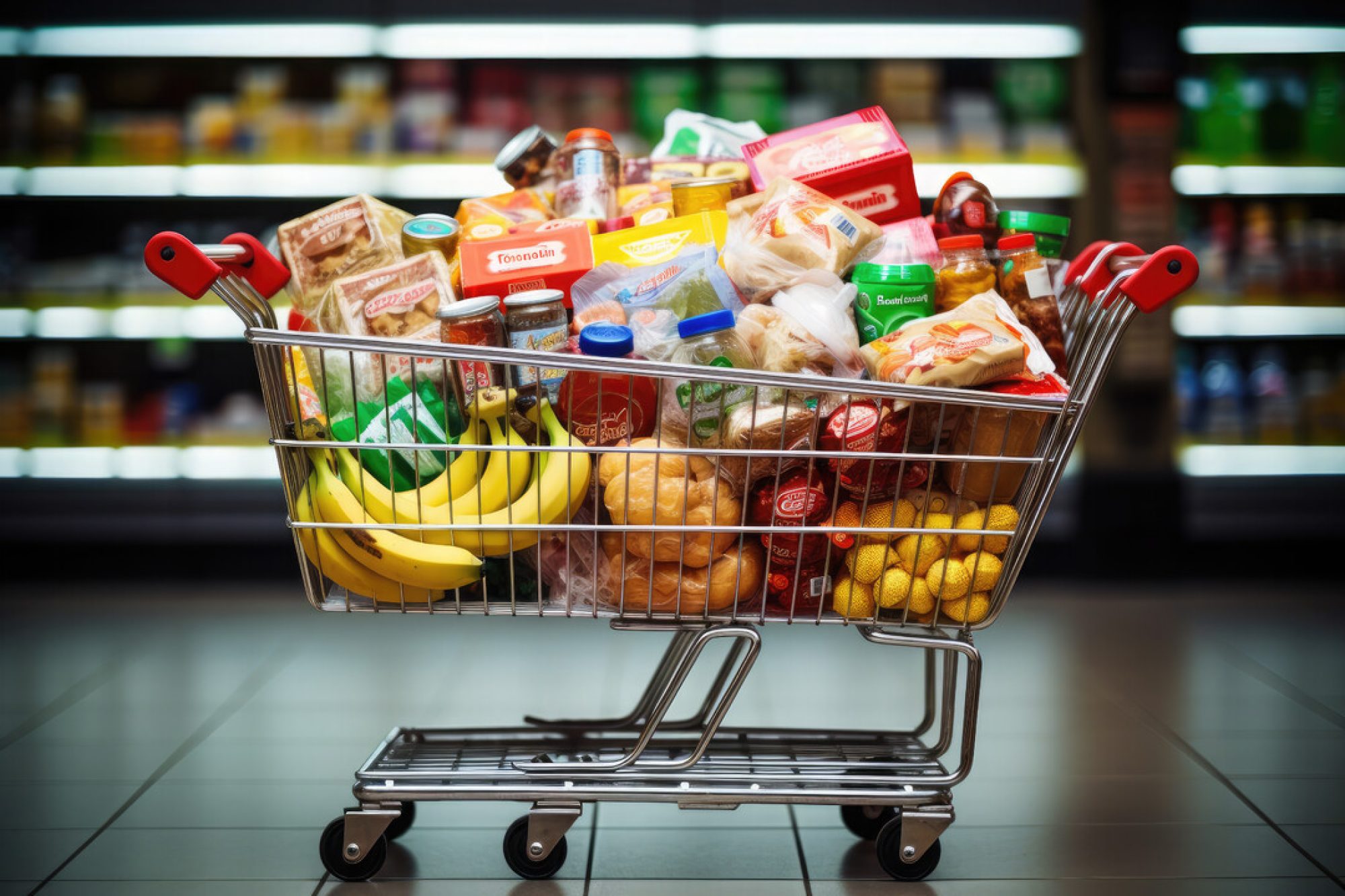Risks & Management
- Risk: Raspberry Pi connection to Hotspot. During our real-world testing at Aldi, we observed that scanned items were not properly passed to the app, even though the Raspberry Pi was connected to a hotspot. In contrast, the system worked reliably during testing at Entropy. This inconsistency suggests that the Pi’s network may vary depending on environmental factors such as hotspot stability.
- Management: It is good that we are doing a demo on campus, where we have better control over network environments. While the app and backend will operate over a hotspot, the Raspberry Pi may still be configured to use the campus WiFi as a fallback if necessary. This ensures more reliable data transmission for the demo.
Design Changes & Justification:
-
Shifted to regular email login for iOS Simulator testing, while keeping Google OAuth for web access, to avoid additional Apple Developer fees and simplify testing. This allows to check both implemented signup/login page and Google OAuth are working correctly.
Progress:
-
Completed in-store testing at Entropy and Aldi for scanning, cart updating, and mobile app integration.
- Completed main sections of the final design report
- Discussed overall plan for demo as a group

